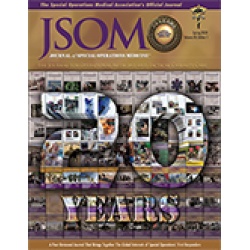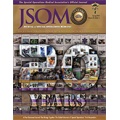Feasibility Study of Vascular Access and REBOA Placement in Quick Response Team Firefighters
20(1). 81 - 86 (Journal Article)
Background: Early hemorrhage control using resuscitative endovascular balloon occlusion of the aorta (REBOA) can save lives. This study was designed to evaluate the ability to train Quick Response Team Fire Fighters (QRT-FF) to gain percutaneous femoral artery access and place a REBOA catheter in a model, using a comprehensive theoretical and practical training program. Methods: Six QRT-FF participated in the training. SOF medics from a previous training served as the control group. A formalized training curriculum included basic anatomy and endovascular materials for percutaneous access and REBOA placement. Key skills included (1) preparation of an endovascular toolkit, (2) achieving vascular access in the model, and (3) placement and positioning of REBOA. Results: QRT-FF had significantly better scores compared with medics using endovascular materials (P = .003) and performing the procedure without unnecessary attempts (P = .032). Basic surgical anatomy scores for QRT-FF were significantly better than SOF medics (P = .048). QRT-FF subjects demonstrated a significantly higher overall technical skills point score than medics (P = .030). QRT-FF had a median total time from start of the procedure to REBOA inflation of 3:23 minutes, and medics, 5:05 minutes. All six QRT-FF subjects improved their procedure times-as did four of the five medics. Conclusions: Our training program using a task training model can be utilized for percutaneous femoral access and REBOA placement training of QRT-FF without prior ultrasound or endovascular experience. Training the use of advanced bleeding control options such as REBOA, as a secondary occupational task, has the potential to improve outcomes for severely bleeding casualties in the field.


 Español
Español 




